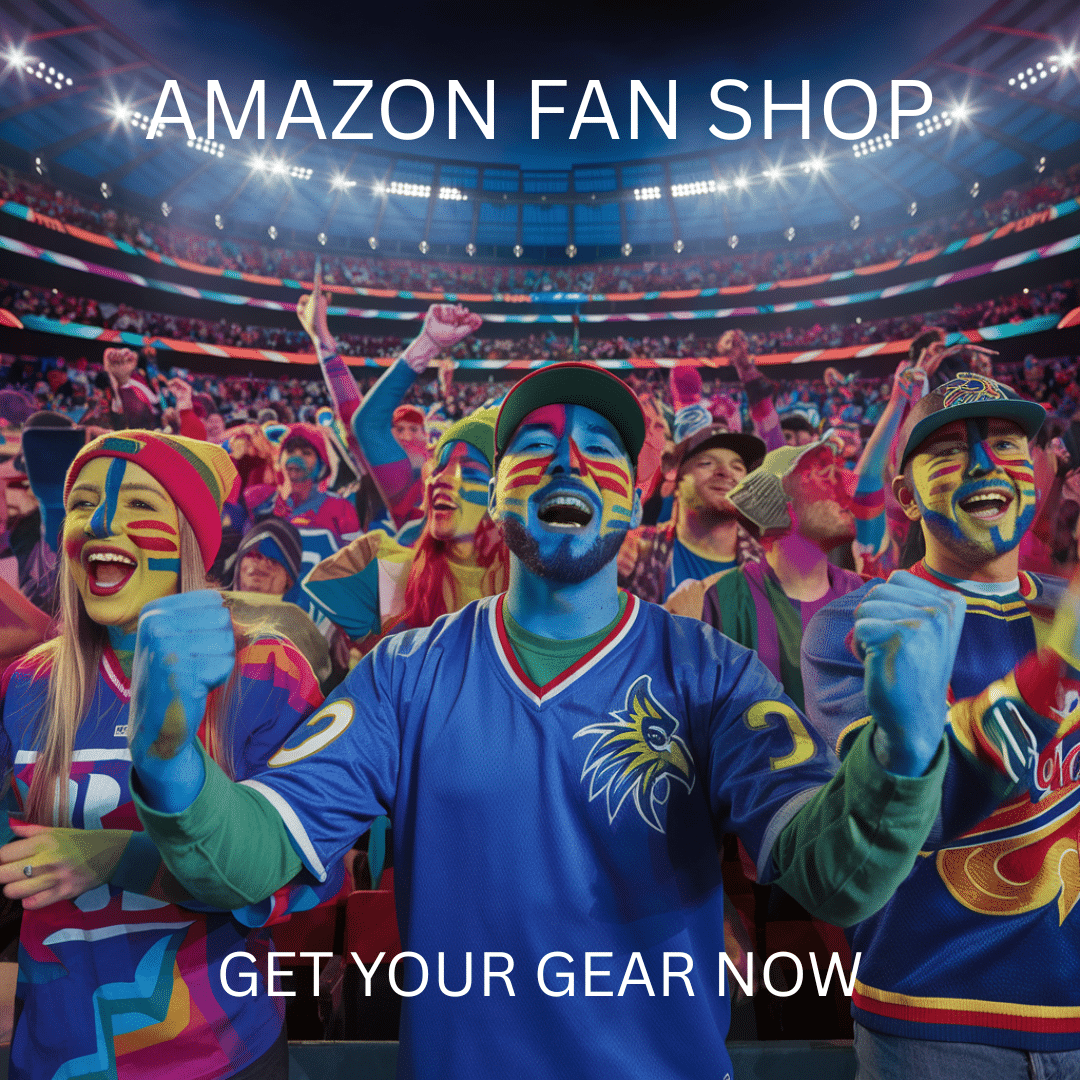How Do College Basketball Players Get Paid Now: Understanding NIL Rules in 2025
The transformation of college athletics has entered a new era. Basketball players can now receive compensation through multiple channels. Gone are the days when student-athletes could only hope for a scholarship.
Today, a landmark settlement valued at nearly $2.8 billion has fundamentally altered how college athletes can earn money. The settlement created opportunities through direct payments from colleges and universities as well as through name, image, and likeness (NIL) deals.
This seismic shift represents perhaps the most significant change to the NCAA’s economic model in its history. While top basketball stars competing in the NCAA tournament can now secure lucrative endorsement deals with major brands, questions persist about equity across different sports and among athletes with varying levels of visibility.
The current system, still in its infancy, continues to evolve as institutions, athletes, and governing bodies navigate this new financial landscape. This landscape has forever changed what it means to be a “student-athlete” in America.
Contents
College Sports Compensation Revolution

From Amateurism to Payment Opportunities
For generations, the NCAA enforced strict rules barring student-athletes from earning money beyond scholarships. This system remained largely unchallenged until a series of high-profile legal battles put the organization’s practices under scrutiny.
Multiple federal judges ruled that the NCAA’s compensation restrictions violated antitrust laws, creating significant legal pressure. These court decisions forced the organization to reconsider its longstanding position on athlete compensation.
The breaking point came recently with a $2.75 billion settlement that acknowledges past restrictions while compensating athletes who competed before July 2021.
What changed? The NCAA finally recognized that college athletes deserve more than just the promise of an education. This shift represents the most dramatic transformation in collegiate athletics since scholarships became commonplace.
Money-Making Rights for Student-Athletes
In 2021, college athletics entered a new era when the NCAA began allowing athletes to profit from their name, image, and likeness. This fundamental change created unprecedented financial opportunities for student-athletes across all sports.
Under these new rules, players can now:
- Sign endorsement deals with brands
- Create and monetize social media content
- Appear in advertisements
- Launch personal merchandise
- Make paid appearances
The impact has been immediate and substantial. While top football and basketball stars at major programs tend to receive the most lucrative offers, athletes across various sports have found ways to capitalize on their personal brands.
Current NIL Earning Potential by Sport Level
| Sport Tier | Average Annual NIL Value | Top 1% Earnings |
|---|---|---|
| Power 5 Football/Basketball | $25,000 | $1M+ |
| Mid-Major Basketball | $5,000 | $100,000 |
| Olympic Sports | $2,500 | $50,000 |
Though the NCAA doesn’t allow direct payment from schools to athletes, the NIL framework has effectively created a marketplace where players can receive substantial compensation while maintaining their collegiate eligibility.
Money Matters: How Athletic Programs Handle Funds

Distributing Dollars and Athletic Aid
The financial landscape of college athletics has transformed dramatically in recent years. The NCAA’s $2.8 billion settlement has forced athletic departments nationwide to rethink their budgeting priorities.
For decades, men’s basketball and football generated and received the lion’s share of departmental resources, but that imbalance is finally being addressed.
Schools are now implementing more balanced funding models that benefit a wider range of sports programs. Women’s athletics, long operating with smaller budgets despite Title IX requirements, are receiving increased financial support.
Many institutions have restructured their scholarship allocation systems to ensure female athletes receive comparable opportunities. This shift comes as NIL opportunities continue to expand across all sports.
Top Platforms Facilitating NIL Deals in 2024:
| Platform | Market Share | Sports Most Represented |
|---|---|---|
| Opendorse | 41% | Football, Basketball, Baseball |
| INFLCR | 27% | Basketball, Football, Volleyball |
| Altius | 18% | Olympic Sports, Basketball |
| Matchpoint | 14% | Football, Track, Swimming |
Creating Balance Across All Programs
The new compensation reality presents significant challenges for athletic departments striving for fairness.
Schools must carefully navigate existing NCAA regulations. They also need to implement equitable systems for all student-athletes.
This balancing act extends beyond just men’s and women’s sports. It includes differences between revenue-generating programs and Olympic sports.
Schools in power conferences face particular scrutiny. They need to determine how to allocate resources fairly.
Transparency has become essential as more college athletes get paid through various channels.
Agents now play critical roles in helping athletes navigate these opportunities across all sports, not just the traditional revenue generators.
The recruiting landscape has fundamentally changed too.
Coaches must understand not just a prospect’s athletic potential but their marketability for endorsements.
Programs with strong relationships to local businesses often highlight these connections during recruitment visits. They emphasize the financial opportunities beyond scholarships.



